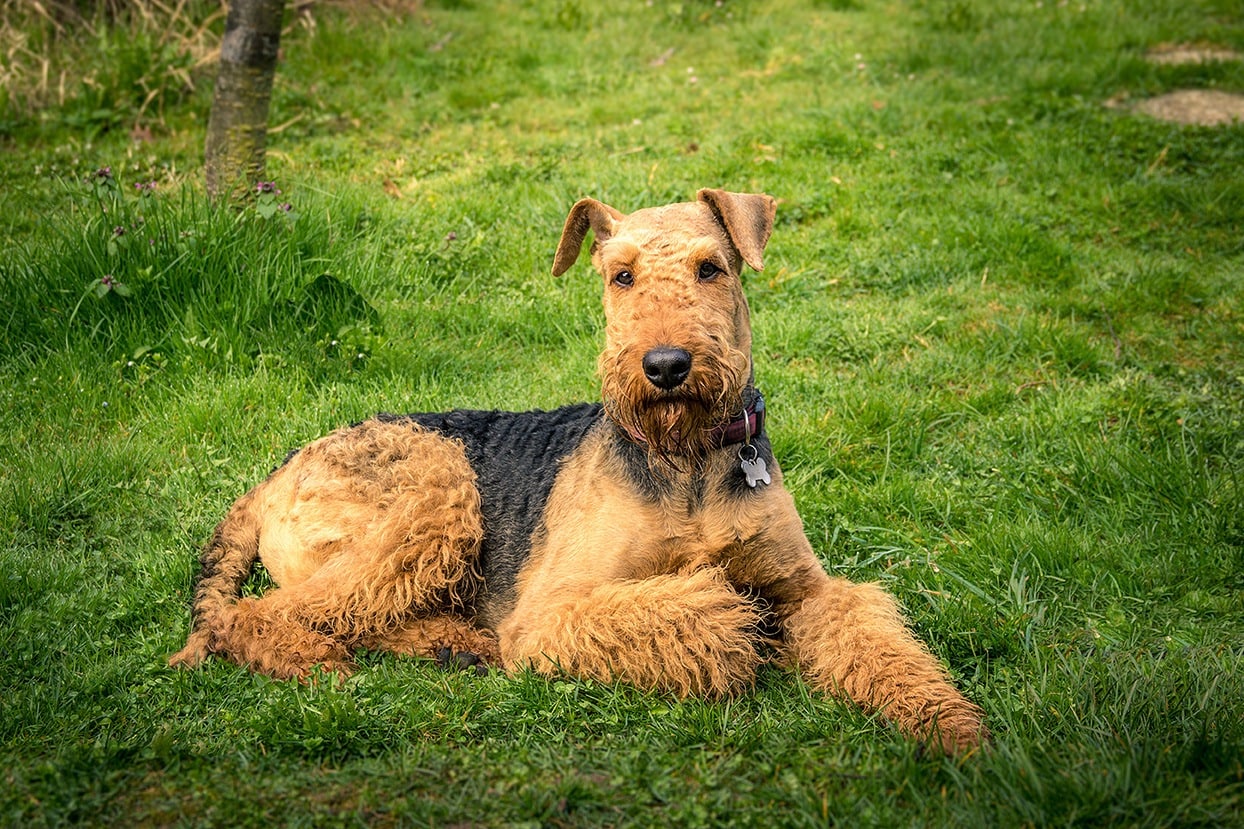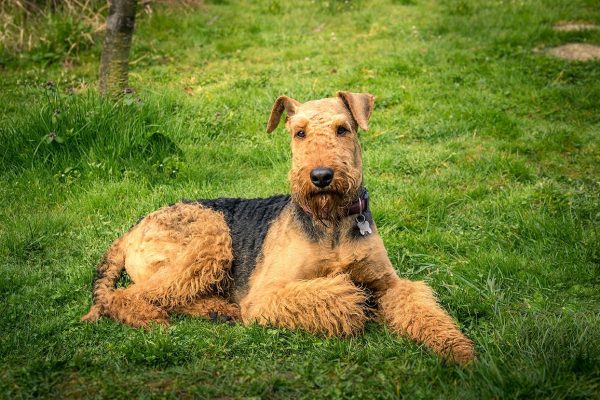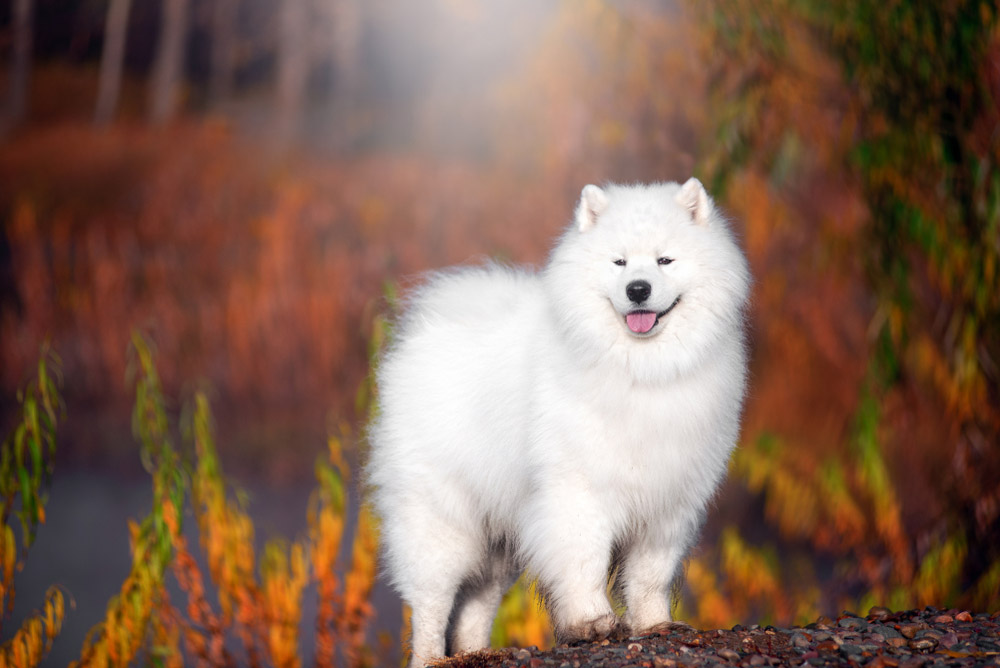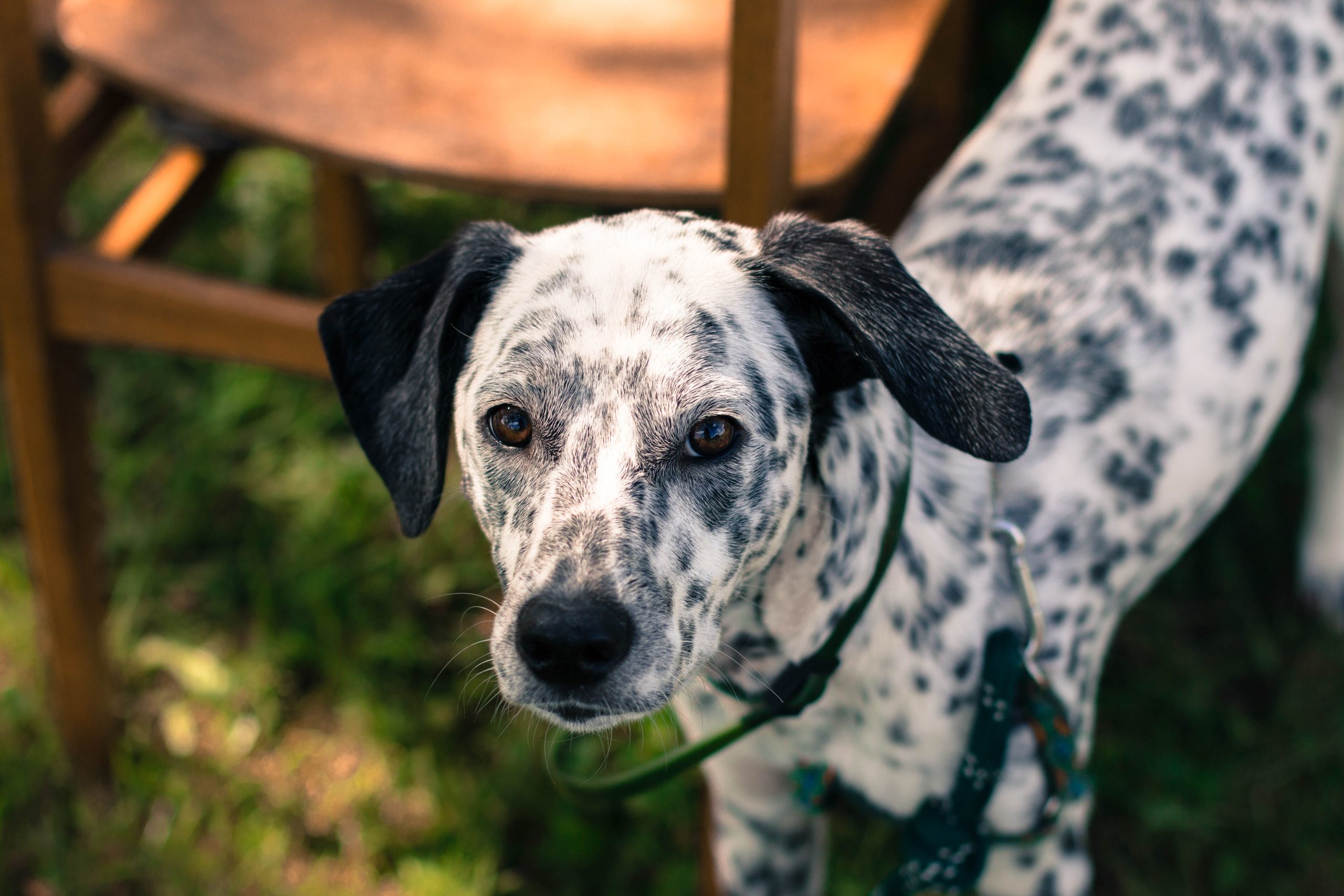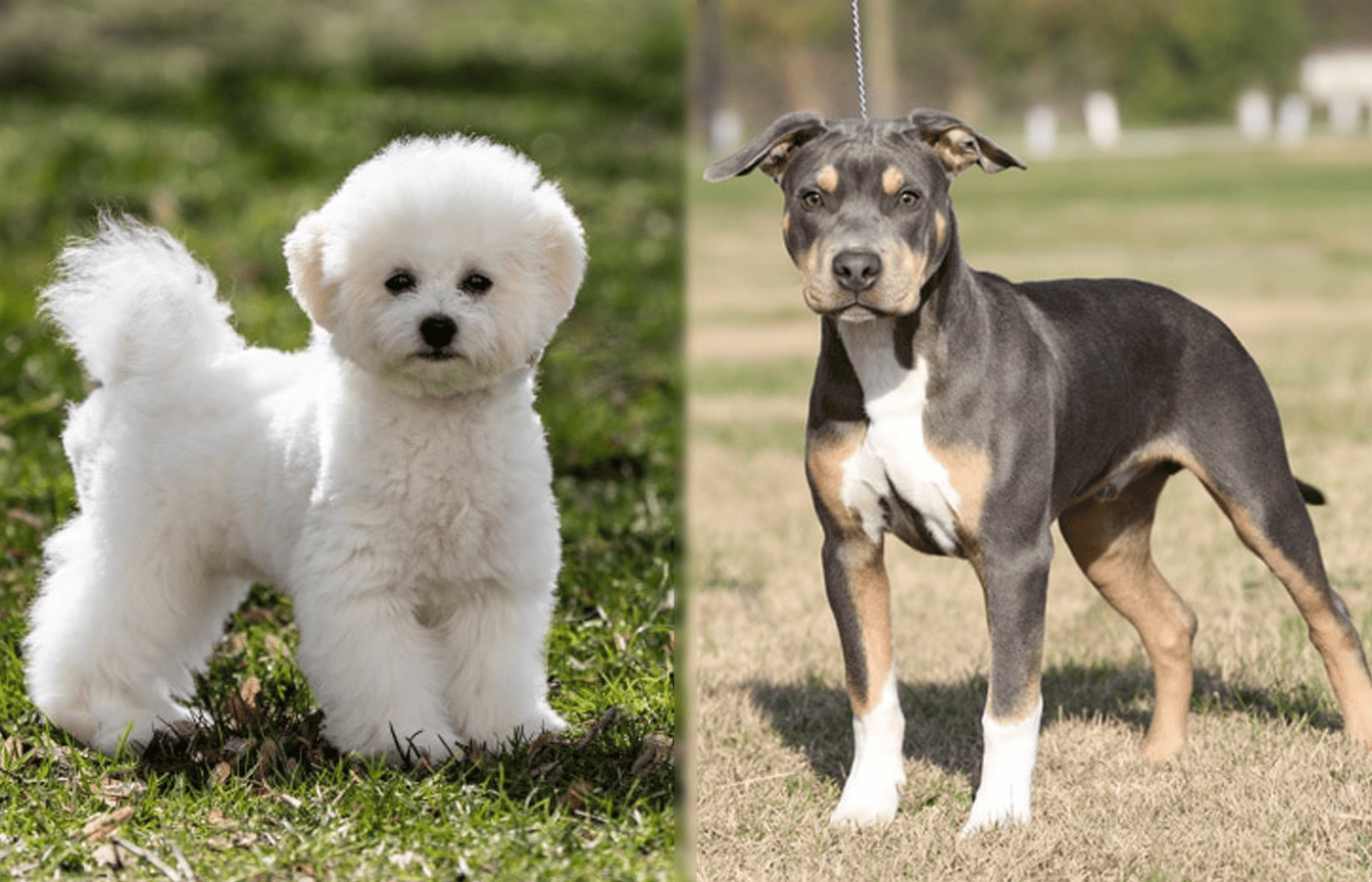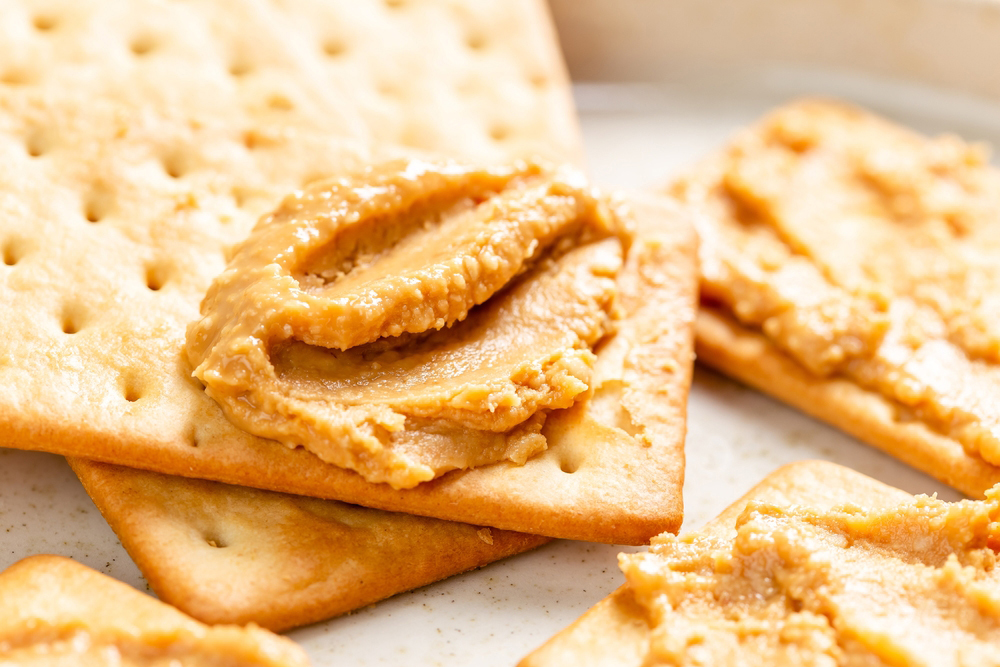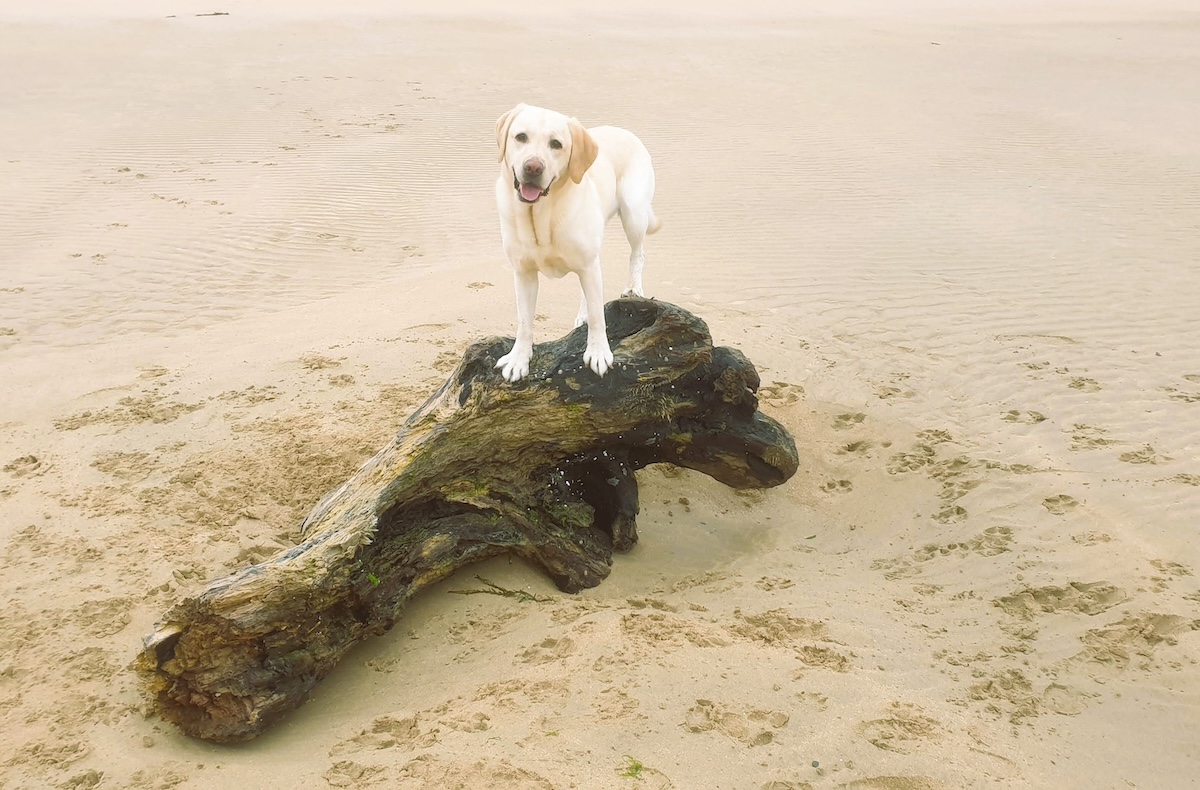Click to Skip Ahead
Airedale Terriers are the largest of all Terrier breeds, with curly coats and strong frames. They have classic curly coats similar to those of other low-shedding breeds, like Poodles and Bichon Frises.
So, does that mean that the Airedale Terrier doesn’t shed? Although they shed, Airedale Terriers shed very little. In this article, we’ll discuss the care requirements, shedding potential, and other fun facts about the Airedale Terrier, so stick around.
Airedale Terriers Shed Very Little
Airedale Terriers shed very little. They do still shed some, but the amount is barely noticeable. If you take care of your Airedale’s coat by ensuring they are properly brushed and groomed, you should not have to clean up loose fur very often.
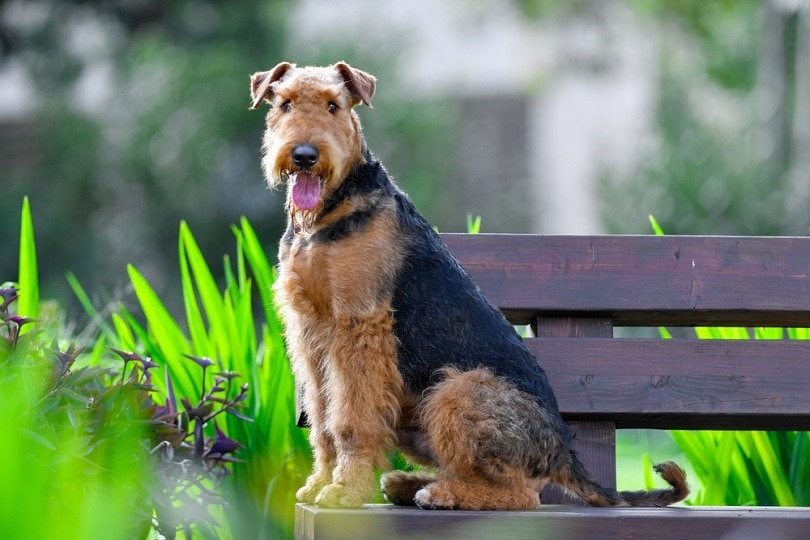
Airedale Terriers Are Considered Hypoallergenic
No dog breed is genuinely 100% hypoallergenic. Some dogs might be less irritating to allergy sufferers than others, but none entirely lack the allergens that trigger allergy symptoms in susceptible people. The allergens that cause allergic reactions in people are proteins produced by all dogs, mainly in their salivary glands, which are carried on dander (tiny skin scales) and hair.
All dogs produce saliva and dander, while the level of shedding varies. Many other dogs, such as Poodles, Bichon Frise, and Havanese, also shed less and are sometimes considered hypoallergenic; however, we now know that the level of shedding is not what determines whether a dog is hypoallergenic or not.
Although the Airedale Terrier certainly sheds less than other breeds, they can still cause allergic reactions.
Grooming an Airedale Terrier
The Airedale Terrier has soft, downy fur and is relatively easy to groom. However, the Airedale Terrier‘s hair can get quite long, leading to matting and tangling if you don’t continuously care for it. Many choose to have their Airedale’s coat trimmed to keep maintenance simple. Ultimately, their overall look is completely up to the owner. You can take your Airedale Terrier to the groomer every 4 to 6 weeks or trim them at home.
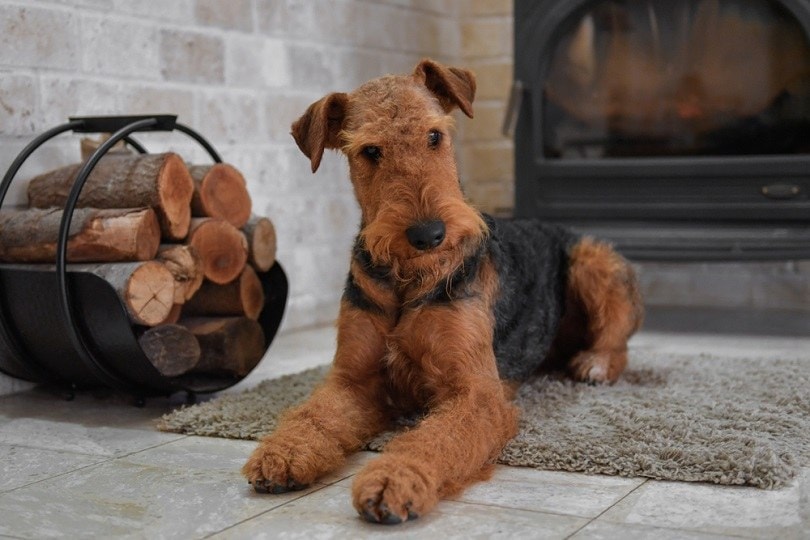
Skin Issues in Airedale Terriers
Like many Terriers, the Airedale is relatively healthy. However, they can suffer from some skin conditions, such as demodectic mange (Demodex mite infestation), allergies, and skin infections.
- Scratching the skin
- Excessive licking
- Ear and skin redness
- Hair loss
- Strong odor
- Rubbing
- Watery eyes
- Hotspots
The 5 Fun Facts About the Airedale Terrier
If you are an Airedale Terrier fanatic, have you learned all there is to learn about this incredible breed? Whether you have an Airedale Terrier yourself, or it’s just one of your breeds of interest, we have a few fun facts that might entertain you.
1. The Airedale Terrier Is the Largest of All Terrier Breeds
You might be familiar with some of the other Terriers. The more you become acquainted with them, the more you will see how different each one is. Most are compact, small dogs with big personalities. The Airedale Terrier just so happens to be the largest.
The Airedale Terrier stands approximately 23 inches tall and varies between 45 and 70 pounds.
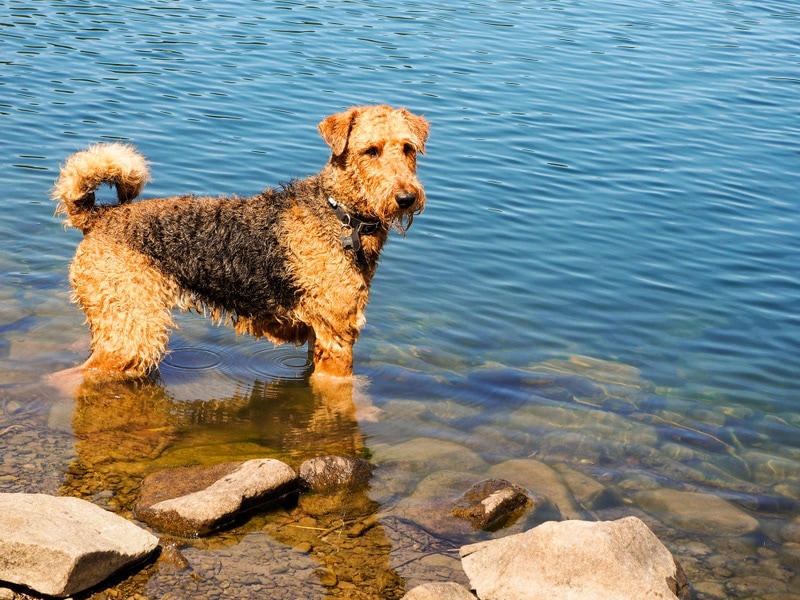
2. Airedale Terriers Were Rodent Hunters
The original purpose of the Airedale Terrier was to hunt rodents, specifically rats. They were highly skilled at this task and helped ward off pests on farms. If you have an Airedale Terrier, you’ll see that their prey drive is still in full effect today.
Unfortunately, because they are notoriously used for hunting, they might not get along well with smaller animals. If they are raised with cats, they can befriend them, but they still have an innate desire to chase.
3. The Airedale Terrier Was a Classic Police Dog
It might surprise you that in Great Britain and Germany, the Airedale Terrier was one of the first breeds to help police task forces fulfill duties. They are highly trainable and well-mannered, so it’s no wonder they filled the role so well!
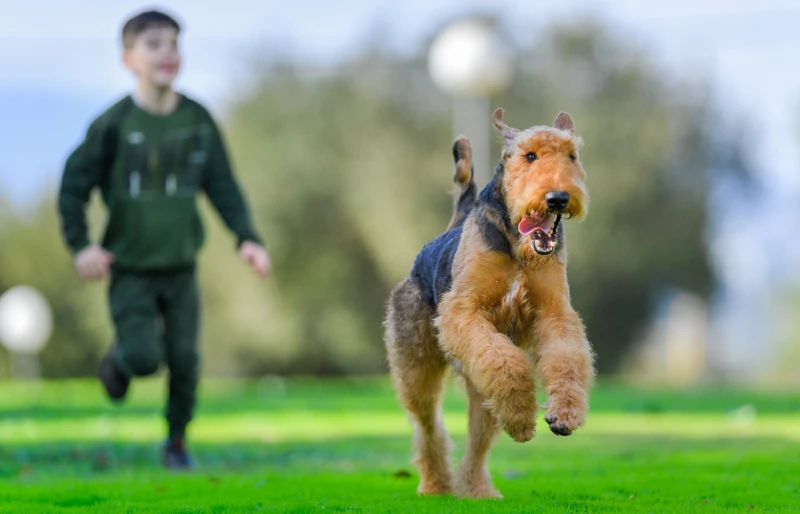
4. Airedale Terriers Require Early Socialization
Airedale Terriers are typically fun-loving and adventurous with their families, but the same sentiment doesn’t always extend to everyone. An Airedale Terrier needs to be properly socialized to avoid being a little aloof and indifferent toward strangers.
5. Airedale Terriers Bark a Lot!
If you know anything about a Terrier, you know how much they bark. The Airedale Terrier is no exception—they are highly vocal dogs that fulfill watch duty perfectly. However, if you live in an apartment complex or another area where having a loud dog isn’t satisfactory, you might choose a more relaxed, quieter breed instead.
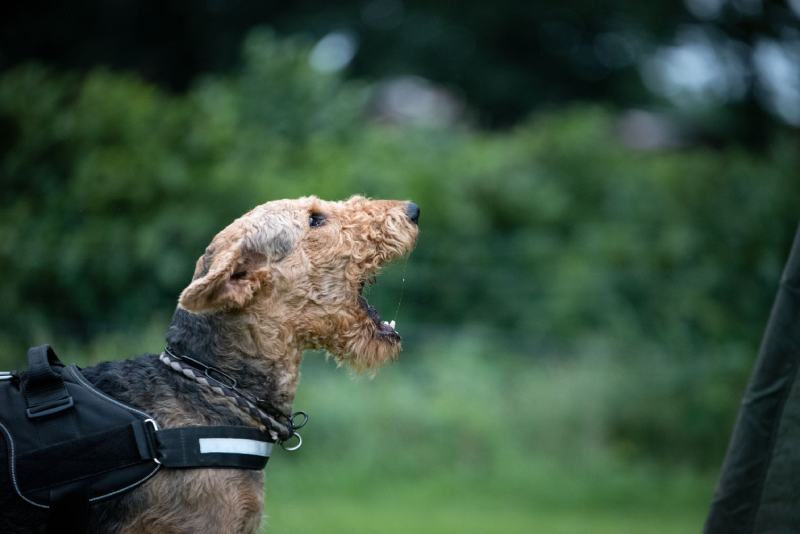
Conclusion
So, now you know that Airedale Terriers don’t shed very much. If you are an allergy sufferer and would like to live with an Airedale, speak to your doctor to understand your allergies and see if you two make a good match. Airedales are intelligent and friendly dogs, and generally speaking, they are quite healthy.
So, what do you think? If you’re considering bringing an Airedale Terrier into your home, research the breed thoroughly to ensure they fit your lifestyle and choose a reputable breeder or rescue facility.
Featured Image Credit: Lumia Studio, Shutterstock

